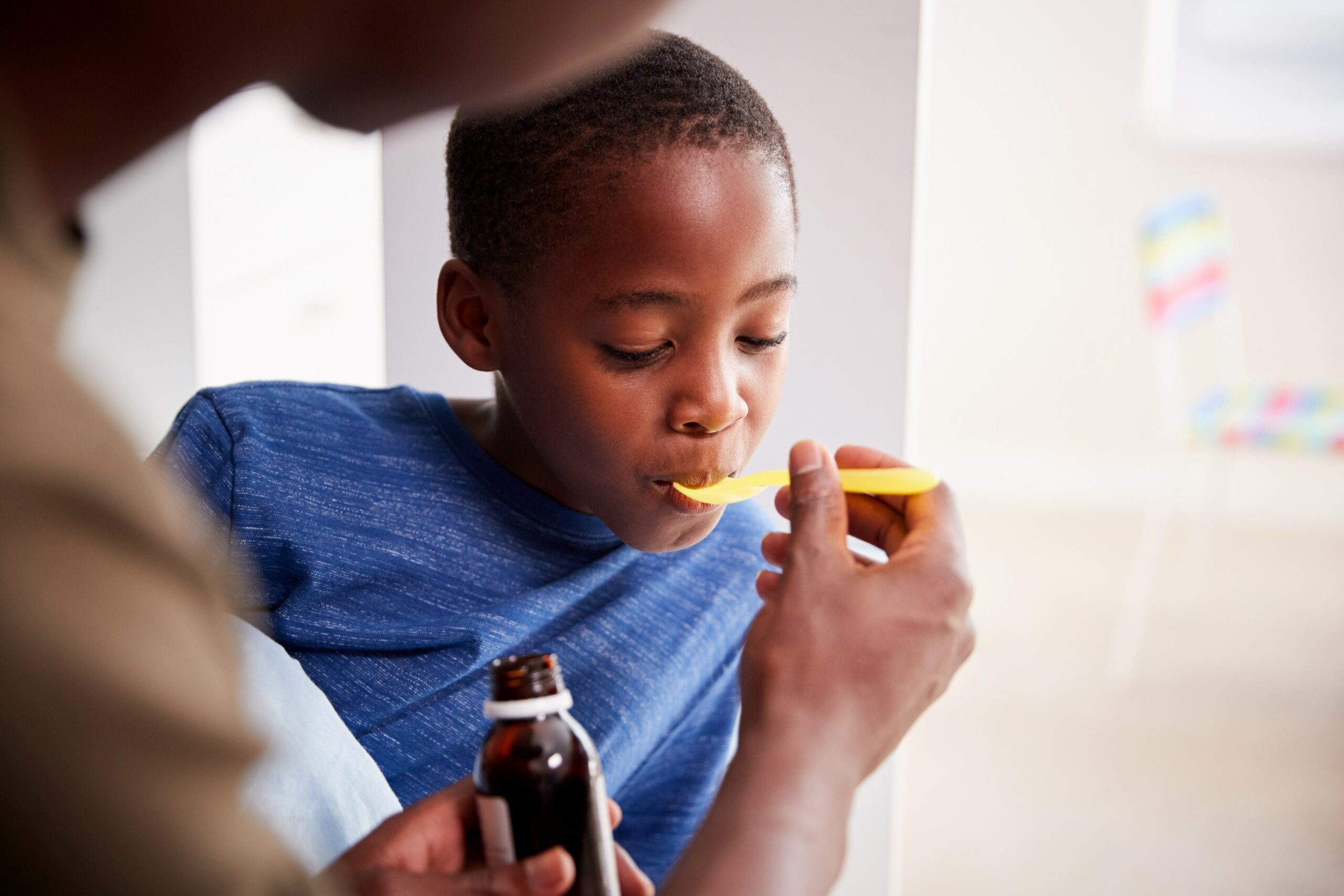
Oral Liquid Medicine for Children

Children’s Medicines
Resources and information for children’s parents and caregivers.
Rosemont are here to support parents and caregivers in understanding more about swallowing difficulties in children and when an oral liquid medicine may be a more suitable option.
Paediatric dysphagia or paediatric feeding disorder encompasses a wide range of eating, drinking and swallowing difficulties. The condition is more prevalent in children with neurodevelopmental issues, however studies have suggested that up to 50% of typically developing children may have feeding issues [1].
Oral liquid medicines may be a more suitable alternative for children with swallowing difficulties, as well as younger children and infants who may be unable to swallow tablets and capsules.

Oral Liquid Medicines for Children
Most medicines are intended for adults and therefore, are normally prescribed in either tablets or capsules[2]. However, children may be unable to take tablets and capsules, may not like them or find it difficult to swallow them.
There is also a concern about what age children can safely swallow tablets or capsules, so oral liquid medicines are the most appropriate form for younger children who are unable to swallow solid dose forms. [3]
Our oral liquid medicines have been specifically designed to be palatable, as palatability is key for acceptability in children’s medicines.[4]
When administering medicines to children, always consult the product packaging and leaflet first and if you are in any doubt, contact a pharmacist or doctor for more information.
ROS000046-018 DOP Oct 2023
Reporting Side Effects
If you get any side effects, talk to your doctor, pharmacist, or nurse. This includes any possible side effects not listed in the package leaflet. You can also report side effects directly via the Yellow Card Scheme at http://yellowcard.mhra.gov.uk or search for MHRA Yellow Card in the Google Play or Apple App Store. By reporting side effects, you can help provide more information on the safety of this medicine
- Nunn, A.J Making medicines that children can take. Arch Dis Child 2003; 88:369–371. Available at https://www.ncbi.nlm.nih.gov/pmc/articles/PMC1719550/pdf/v088p00369.pdf Accessed Aug 2023
- EMA CHMP Reflection Paper: Formulation of choice for the paediatric population (2006) Available at: https://www.ema.europa.eu/en/documents/scientific-guideline/reflection-paper-formulations-choice-paediatric-population_en.pdf. Accessed July 2023.
- EMA CHMP & PDCO Guideline on pharmaceutical development of medicines for paediatric use (2013). Available at: https://www.ema.europa.eu/en/documents/scientific-guideline/guideline-pharmaceutical-development-medicines-paediatric-use_en.pdf Accessed July 2023.







